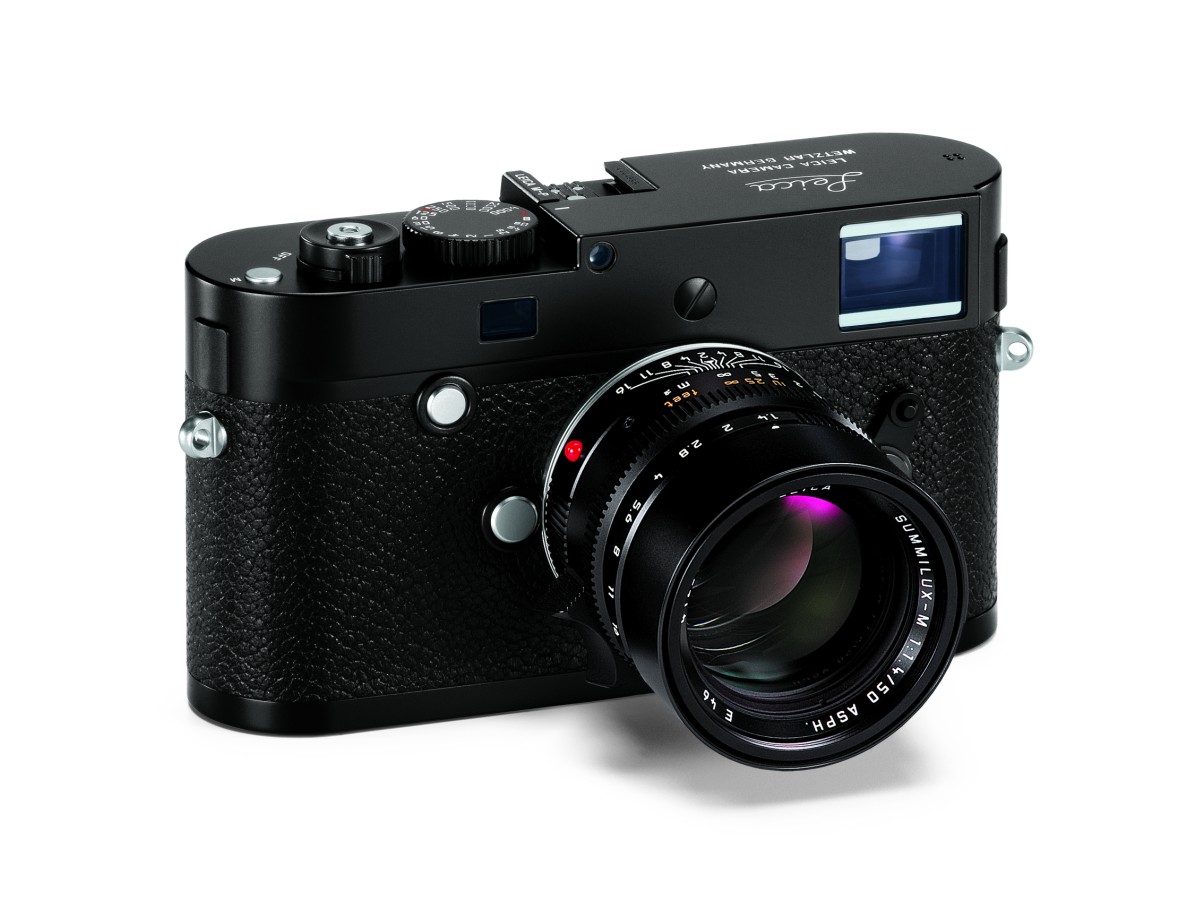

Leica enthusiasts will recall that the TL2 introduced internal memory with its 32 gigabytes of internal storage, again alongside an SD card. Rumors state that the camera will feature Wi-Fi and Bluetooth, and an announcement is expected in the coming months following what is thought to be a delay that's a result of the global shipping problems and chip shortages. Presumably, this will give users the option to shoot to choose between storage options or both in order to offer redundancy. Most interestingly perhaps is the possible inclusion of 64 gigabytes of internal memory, though the camera is expected to also include an SD card slot. The M11 may also forego the classic Leica baseplate, something that leaked photos appear to confirm. The specifications suggested so far include a brand new 60-megapixel sensor, with speculation that this could produce variable-resolution raw files of 50, 36, and 15 megapixels, though it seems far more likely that these will be variable resolution JPEGs rather than raw files. It’s safe to say that neither of these cameras is a bargain, it is Leica after all, but, relatively speaking you can pick up the older model for cheaper than the newer one – as you might expect.Rumors about the forthcoming Leica M11 are circulating, and one particular feature stands out: 64 gigabytes of internal memory. You can use the screen to focus with Live View – Focus Peaking has been improved with brighter contrast lines to help you get the focusing spot on. Both of the cameras feature extra strong Gorilla Glass. There’s a slight improvement in resolution for the M10, having increased to 1,036,000 pixels (compared with 921,600).

#Leica m full#
The Typ 240 is staying in the range, and offers Full HD video recording. This camera really has been stripped back to basics, and for Leica, that means taking away the option to record video. That gives you the opportunity to use your smartphone to remotely control the camera, or to quickly send images over for sharing on social networking sites. Leica M10 vs Leica M (Typ 240): Connectivityįor the first time, Leica has added Wi-Fi connectivity to a Digital M. The big news however is that the camera has been slimmed down to bring it line with the size of M film cameras – quite the feat considering the electronics that need to fit inside a digital camera.
#Leica m iso#
That means it only has three buttons on the back, plus a navigational pad.įurthermore, a new ISO dial has been added to the top plate to allow quick changes – you can now set ISO, aperture (via the lens) and shutter speed before you even switch the camera on. Leica has worked to simplify the design of the M10. The new processor helps to create low-noise images at the higher speeds now available. The new camera can shoot at speeds up to ISO 50,000 – quite the increase from the top speed of ISO 6400 that the M Typ 240 offered. Leica M10 vs Leica M (Typ 240): ISO Speeds It’s also now quicker for images to be previewed just after shooting. The new processor facilitates 5fps shooting, with a 2GB buffer for 16 shots. The older M Typ 240 featured a MAESTRO processor. Leica M10 vs Leica M (Typ 240): ProcessorĪ new processor is found inside the M10 – the MAESTRO II. The magnification of the viewfinder has also increased from 0.68x up to 0.73x. The field of view has been increased by 30%, while the eye relief (the optimum distance of the eye from the viewfinder eyepiece) has been increased by 50%, making it more comfortable for glasses wearers. It takes some getting used to this kind of viewfinder, but many photographers prefer it to a pentaprism set up.įor this version of the camera, Leica has made several key improvements. The “M” in the M name stands for the German word for viewfinder – it’s fundamental to the system.

Leica M10 vs Leica M (Typ 240): Viewfinder Leica M10 vs Leica M (Typ 240): SensorĪlthough both of the cameras feature a 24 million pixel full-frame sensor, Leica says that the sensor inside the M10 has been newly developed especially (and only) for the M10.Ī host of new technologies have been developed for the sensor, which Leica says makes it particularly good to use with wide aperture lenses, sees an improvement of dynamic range, excellent contrast rendition, exceptional sharpness and the finest resolution of details. Here we take a look at the key differences between the two Leica cameras. But, in between 2009’s M’s M10, there was a time when Leica fell out love with numbers and introduced the M (Typ 240). You’d be forgiven for thinking that the M10’s predecessor was the M9. We take a look at the differences between the new Leica rangefinder and its predecessor in our Leica M10 vs Leica M (Typ 240) comparison.


 0 kommentar(er)
0 kommentar(er)
